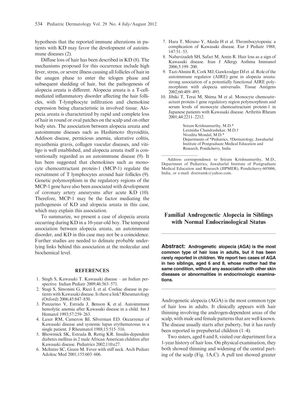TLDR Two young siblings experienced hair loss without hormone issues or other skin problems.
This document reports two cases of androgenetic alopecia (AGA) in two siblings, aged 6 and 8, whose mother had the same condition, without any association with other skin diseases or abnormalities in endocrinologic examinations. AGA is the most common type of hair loss in adults, but it has been rarely reported in children. The disease usually starts after puberty, but it has rarely been reported in prepubertal children. The diagnosis of AGA was made with clinical and dermoscopic parameters, so biopsy was not necessary. Hair loss patterns were categorized using the Ludwig classification, and the girls both showed a sparing of the frontal hairline, with only diffuse hair loss on the mid-frontal and parietal scalp, indicating Ludwig type I. No other associated cutaneous diseases were observed such as acne vulgaris, seborrheic dermatitis, or atopic dermatitis, and they had normal secondary sexual characteristics.
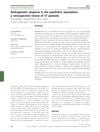 53 citations
,
March 2010 in “British Journal of Dermatology”
53 citations
,
March 2010 in “British Journal of Dermatology” Alopecia common in teens, may indicate endocrine issue, minoxidil effective treatment.
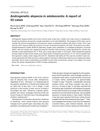 35 citations
,
October 2006 in “Journal of Dermatology”
35 citations
,
October 2006 in “Journal of Dermatology” Teen hair loss common in boys, linked to family history and mild symptoms.
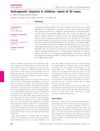 72 citations
,
March 2005 in “British Journal of Dermatology”
72 citations
,
March 2005 in “British Journal of Dermatology” AGA can occur in children with family history; early diagnosis and treatment important.
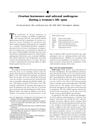 24 citations
,
September 2001 in “Journal of The American Academy of Dermatology”
24 citations
,
September 2001 in “Journal of The American Academy of Dermatology” Women's ovarian hormones and adrenal androgens change throughout life, affecting hair loss and health.
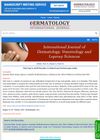 January 2021 in “International journal of dermatology, venereology and leprosy sciences”
January 2021 in “International journal of dermatology, venereology and leprosy sciences” Most adult women experiencing hair loss are aged 21-40, with the most common type being female pattern hair loss. Trichoscopy is a useful tool for diagnosing different types of hair loss.
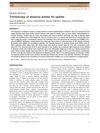 89 citations
,
March 2018 in “The Journal of Dermatology”
89 citations
,
March 2018 in “The Journal of Dermatology” Trichoscopy helps diagnose and monitor alopecia areata by looking at a combination of specific hair and scalp features.
 November 2016 in “대한피부과학회지”
November 2016 in “대한피부과학회지” The document's conclusion cannot be summarized as it is not provided in a language I can understand.
July 2013 in “DeckerMed Medicine” The document's conclusion cannot be provided because the document is not readable or understandable.
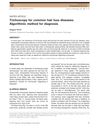 89 citations
,
December 2010 in “The Journal of Dermatology”
89 citations
,
December 2010 in “The Journal of Dermatology” The conclusion is that an algorithm using trichoscopy helps diagnose different types of hair loss but may need updates and a biopsy if results are unclear.
 1 citations
,
April 1992 in “PubMed”
1 citations
,
April 1992 in “PubMed” The document describes the signs of different common types of hair loss.
31 citations
,
January 1981 PUVA-therapy is not very effective for severe hair loss types like alopecia totalis or universalis.
